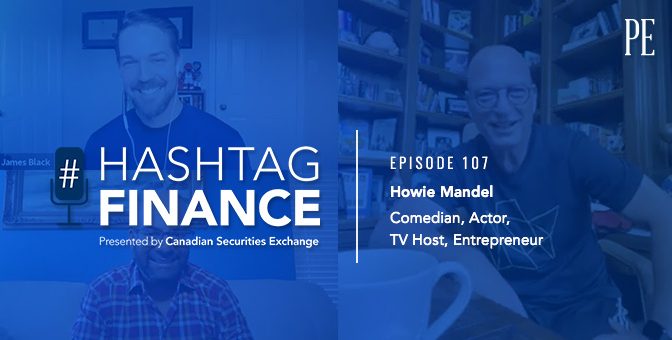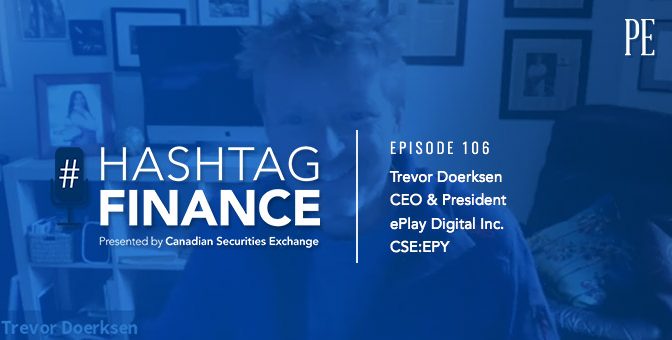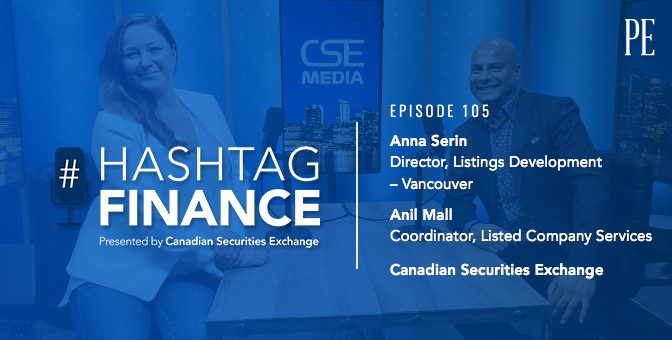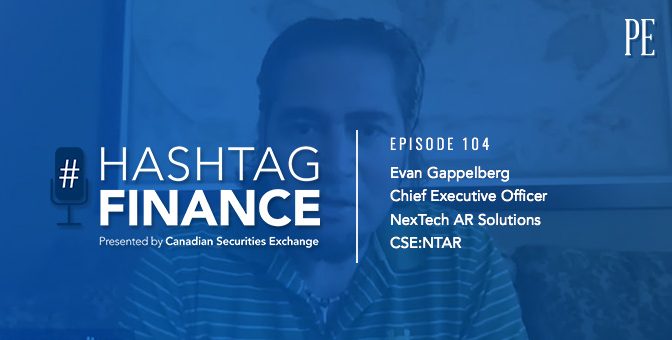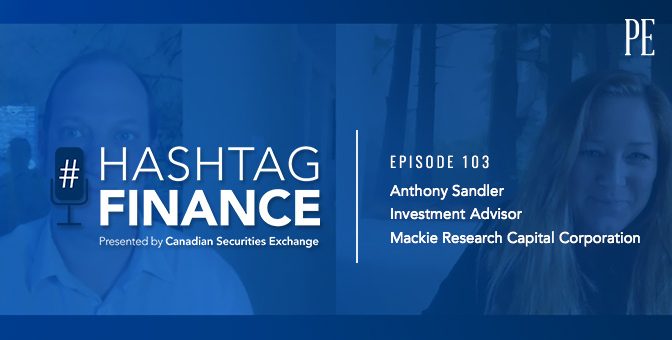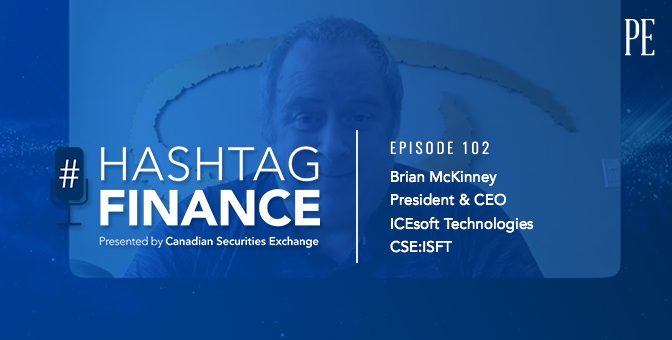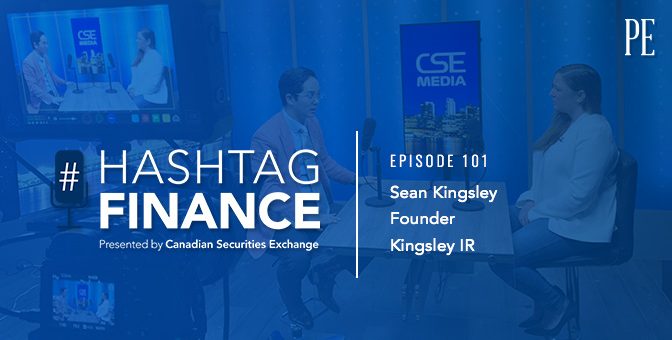Palladium is not a metal that the average person on the street is likely to know much about, but with the race on to create a cleaner, greener world, that could soon change.
Over 90 percent of this so-called ‘white metal’ is used to make catalytic converters for cars with internal combustion engines, and it’s also used plentifully in hybrid vehicles. As regulations tighten across the auto industry to reduce emissions, more palladium is needed than ever before.
This dynamic is behind the meteoric price rise for the metal in the last couple of years, going from around $800 USD per ounce to $2,300 USD. A potential supply deficit in the years ahead is adding fuel to the increase.
Based on one study’s findings, the globe’s 10 million ounce-a-year palladium market is set to experience a deficit of 1.9 million ounces in 2020, as mining production has been steadily falling since 2004 and there is a dearth of new mines coming onstream.
Generation Mining Ltd. (CSE:GENM) is looking to take advantage of that backdrop with some big ambitions in the PGM (platinum group metals) space. With its shares having more than doubled in value since the beginning of 2020, recognition of the strengthening palladium price is broadening just at the right time.
The company’s flagship asset is the Marathon Palladium Project, which is in partnership with Sibanye-Stillwater, a major player located a few miles from the town of the same name in Ontario.
Marathon is the largest undeveloped palladium project in North America. It has already had 1,000 holes drilled into it, and has been the subject of two feasibility studies at lower palladium prices. Generation Mining is the operator.
“It’s had great work done on it,” explains Kerry Knoll, Generation Mining’s Executive Chairman.
“It was not a mine when people tried to develop it before, when palladium was at $500 an ounce, and it wouldn’t be a mine today at $500 an ounce. But at $1,000 and higher, it is a mine,” he says.
Several companies have been involved with the project since the mid-1980s, including Marathon PGM Corporation, Stillwater Mining, and Mitsubishi.
The numbers for Marathon – 7.1 million palladium-equivalent ounces in the main deposit – are compelling.
Generation Mining’s preliminary economic assessment, published in January of this year, was based on a palladium price of $1,275 an ounce, which gave the deposit a pre-tax net present value of $1.19 billion CAD at a 5 percent discount rate. One can only imagine the economics today, given the price of palladium is well above $2,000 per ounce.
Going into production could make Generation Mining, as Knoll puts it, “lots of money,” but he points out that the mine would still be profitable even at $1,000 an ounce.
Knoll also notes that Marathon, which has a mine life of 14 years, represents something of a rarity for investors, as it is a pure-play palladium project (even though it also contains metals such as platinum and copper).
In addition, palladium projects tend to be held by private companies or are just one part of a huge mining company’s overall portfolio, so getting exposure is tricky for investors.
When asked how the Marathon deposit compares to others around the world, Knoll says, “There’s a couple of very large ones in South Africa. Ivanhoe has one, a company called Platinum Group Metals has one. They’re much larger than ours, but they’re also slower to develop because they’re underground mining. Ours is an open pit, surface mine, and we can get into production a lot quicker because of that. And it’s also a lot cheaper.”
Generation Mining aims to bring the project and its 194,000 palladium-equivalent-ounces per year to commercial production. According to the PEA, initial capital costs are pegged at $431 million, which Knoll reckons is eminently achievable, via a number of options.
“Financing mines today has never been more flexible,” he explains.
“There are streaming royalty companies to which we could sell, perhaps, the gold, or a part of the gold and a part of the platinum stream, upfront for cash. And it looks like we might be able to raise up to $100 million doing that on pretty reasonable terms.” Knoll also cites the equity and debt routes and points out that Generation Mining’s partner Sibanye must provide 20 percent of the money or get diluted down.
The project, neatly situated in a region where mining is part of the tapestry of life, boasts excellent local infrastructure, including Trans-Canada Highway access, a main rail line, power, and an airport.
“One of Canada’s largest gold mines, Hemlo, is located just down the road from us and it’s still in production, although it’s been winding down and the locals are looking forward to the jobs that we would bring to the area,” says Knoll.
Generation Mining is just the latest company that mining industry veteran Knoll has been involved with. He and Chief Executive Officer Jamie Levy were behind the sale of Pine Point Mining and its zinc project in the Northwest Territories to Osisko Metals for $35 million in 2018.
He explains how Osisko Metals didn’t want to buy all of the exploration assets, so Generation Mining was spun out into a separate company, which then struck an option deal the same year to buy a 51 percent stake in Sibanye-Stillwater’s Marathon deposit.
Generation Mining can earn up to an 80 percent interest by spending $10 million over four years, at which point Sibanye can re-acquire 31 percent to bring its stake up to 51 percent, though Knoll reckons this is unlikely because Sibanye will need to spend over $100 million to do that.
Sibanye is a pretty decent partner to have, of course, since it is the second-largest palladium company and largest platinum company in the world, so its knowledge of the commodity and the industry is extensive.
Knoll says Sibanye can be particularly helpful once the project is in production. Sibanye would be able to assist Generation Mining with the marketing and sale of its concentrates to smelters (a co-marketing arrangement is in place with Sibanye), which can be an onerous process for smaller companies.
In January, Generation Mining announced an $8 million financing to advance the Marathon project. Resource sector legend Eric Sprott invested $5 million of the total, joining other big names on the shareholder register, including Lukas Lundin and Osisko Mining.
There should be plenty of news flow in coming months as the company hires its engineering team and selects the group to carry out a feasibility study. It also plans to restart the permitting process.
With the green energy story getting louder by the day and lesser known metals increasing in global importance, Generation Mining’s Marathon project is taking a well-deserved place in the spotlight.
This story was featured in the Public Entrepreneur magazine.
Learn more about Generation Mining at https://www.genmining.com/.

